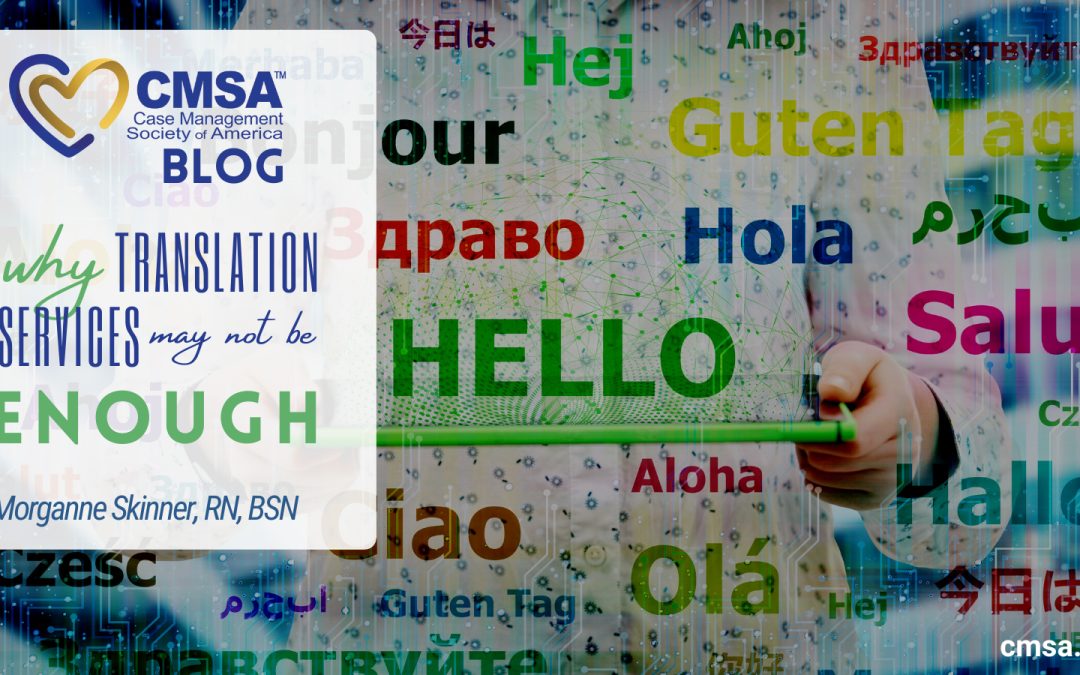If you’ve ever worked with a translator or translated yourself, you know first-hand that it takes longer to communicate, and depending on the language, it can be even longer than you may think or may have planned on timewise. We may assume that other languages are like English, but the truth is, vocabulary varies greatly from language to language.
I learned this when I was living in Zambia and teaching an English class in my village. Everyone in the class spoke Lunda, and I was discussing the words “frustrated” and “disappointed” in my advanced group. In the Lunda language, there were very limited words for emotions. So, there wasn’t a direct translation from English to Lunda or even a word remotely close.
To explain and define the words, I had to discuss two scenarios: one in which a person would feel frustrated, and another in which a person would feel disappointed. As you can imagine, this took more time than had I been able to say, “Frustrated is ____ in Lunda.”
Now, imagine trying to educate a patient about diabetes when their language doesn’t have a word for pancreas or insulin. What would you say? Your translator would have to describe them to the patient. Understandably, that is going to take more words and time.
Perhaps you’re thinking, “But my patients speak Spanish or Mandarin -- vocabulary is never an issue!” While those languages may be common, they’re not the only ones our patients speak. According to a 2015 report, there are more than 350 languages spoken and signed in the U.S. (Allen et al., 2020).
There are many opportunities for us to have patient interactions in which the English vocabulary does not immediately translate. In some languages, such as Hmong, it can take 46 Hmong words to translate just one English word. When there is not an equivalent word in another language, translation time will take much longer than you might expect.
Allen et al., adds, “a clinical event involving an interpreter will almost certainly require more time than one in which the patient shares a language with the practitioner, [and so] it is advisable that practitioners adopt flexible scheduling practices to accommodate patients who require interpreters” (Allen et al., 2020). What are we to do when we have patients who require translation services?
One seemingly obvious solution is to offer extended visit times. When patients schedule appointments and need translation services, then they would automatically receive a double slot of time. For example, if a normal routine visit is 20 minutes long, then they would get 40 minutes. There are already circumstances for extended visits, like initial exams or patients with multiple concerns. Can patients requiring translation services get this accommodation as well?
A hurdle I’ve encountered trying to implement this in public health has been with billing. If facilities don’t have a billing code to provide reimbursement for the added price, they aren’t incentivized to make modifications. While advocating for those billing codes is a priority, we should also think of creative solutions to meet our patients’ needs now — not later.
As we all know, systemic change can be so dreadfully slow. Until we have those policy changes that do enable clinics and healthcare facilities to provide those extended visit times, we need to advocate for changes now. Are there grants or tax deductions to help with the costs? Ultimately, the logistics aren’t the nurses’ job. But we can ask the questions and get the ball rolling, and we can continue to show up and advocate for better, equitable care for our patients.
Morganne Skinner, RN, BSN is a registered nurse, writer, and fertility awareness educator. She is the owner of the fertility awareness business Fertility Defined. She has 7 years of nursing experience in the surgical-trauma ICU, rehabilitation, communicable disease and maternal child health. She served as a Peace Corps volunteer for two years in rural Zambia, where her passion for public health and women’s health grew. Her specialty writing topics include health literacy, cultural communication, fertility and women’s health.
To read more from Morganne Skinner, read her recent CMSA Today article “Healthy Literacy: Understanding the Need for Community Health Literacy Classes”.
To learn more about the importance of Health Literacy and earn CE credit, check out “Patient Engagement: Building a Base for Success by Improving Health Literacy” here: https://www.pathlms.com/cmsa/courses/36309


Excellent post Morgan….looking at the examples you shared helped me understand the challenges we have with those who speak different languages that we do. In healthcare language becomes a barrier that is challenging to all.
I enjoyed your post Morganne! It is such an important item on the subject for further consideration. I virtually attended the session you cited during the 2021 conference & recommend it to others.